Three Major Risks for Pursuing Middle Market Consolidation Strategies in the Current Deal Environment
- Karl Roberts, Managing Director
- Arun Lamba, Managing Director | Head of Performance Improvement
|
Private Equity (PE) firms understand the value of a well-engineered consolidation or roll-up strategy to generate synergies and rapidly drive higher investment returns. However, increasing competition for deals and relatively high interest rates are disrupting the current acquisition environment, raising the value creation threshold for consolidation strategies. In response, middle market PE firms, in particular, are becoming more creative and pursuing more consolidations between adjacent* businesses, often creating much greater execution risk. |
*Adjacent is defined as some-to-limited degree of overlap in one or more of several key areas
|
|
As adjacent roll-up strategies struggle to generate expected enterprise value, PE firms are increasingly experiencing delayed or even unrealized synergy capture and tighter-than-expected liquidity. There are three primary drivers behind this trend that PE firms should address to realize value creation objectives. |
|
1. Adjacent Industry Consolidation Synergies Are More Complex
Consolidations between like-players within an industry can enable economies of skill and scale, enhance network efficiencies and create better upstream and downstream leverage. The five most typical value creation levers, listed in the table below, are important potential value drivers. However, the further a target add-on company is from directly overlaping with the core platform company sector, the more difficult it can be to achieve or sustain value creating synergies.
Cross-selling synergies, in particular, can be especially tough to realize – yet are frequently cited as a primary roll-up value driver. There is a natural attraction to leveraging combined customer bases, increasing basket size and increasing strategic relevance with enterprise customers. However, there are a number of strategic and tactical factors that make cross-sell value creation difficult to achieve – and they are often overlooked.
These barriers include:
- Business unit or P&L structure differences that obscure accountability and incentives
- Lack of governance / tactical coordination between the various entities, including misaligned commission structures
- Segmented customer / sales force structures that are difficult to reconcile
- Insufficient cross-training of personnel on new / revised offerings and paths to market
- Customer indifference / lack of acceptance / lack of buying coordination among categories
- Increased market rivalry as competitors look to take advantage of transition
Companies that successfully address these cross-selling challenges generally undertake a comprehensive, coordinated effort to first develop a new go-to-market strategy, then realign the commercial organization and develop new tactical governance to fully capture the opportunity. This can be especially difficult for adjacent consolidation plays – and the further the core platform companies are from a direct overlap, the more challenging it is to realize cross-selling synergies.
2. Lack of Data Transparency
Integrating IT systems is critical for roll up effectiveness and scalability, however the process can be long, cumbersome and fraught with risk – at times even impairing the combined company’s ability to operate properly. As a result, a large portion of the investment hold period can elapse with unoptimized processes and lack of data transparency. This makes it difficult-to-impossible to establish a single version of truth and accurately identify and report on value creation. Companies and investors face several hurdles to data integration.
- Lack of ‘apples-to-apples’ financials
- Excessive time lags in reporting
- Fundamental data / alignment errors
- Lack of visibility into liquidity and connection to operational KPIs / drivers
- Ad hoc, inconsistent one-off reports
- Inability to trace synergy capture by target action or even recognize there is an issue
- Constant need for repetitive manual efforts to consistently reconcile differences
Companies that successfully overcome these challenges (i) commit to tracking a limited set of defined key metrics, (ii) instigate near real-time reporting to provide interim transparency, often built on data warehousing and business intelligence (BI) tools and (iii) adopt optimized business processes along with supportive IT systems changes.
3. Limited Bandwidth of Management Teams Inhibits Ability to Drive Comprehensive Change
Management teams, especially lean ones, often lack the bandwidth to address three critical, interrelated priorities at the same time: (i) run the day-to-day business, (ii) combine / change the operating paradigms and (iii) drive synergy capture. Management teams of the core platform companies are usually fully occupied running the day-to-day and often do not become involved in the integration process until the deal is nearly closed, leaving them minimal time to develop thoughtful integration plans. As a result, they quickly find themselves overwhelmed with a sharp increase in workload and little-to-no support to execute. Plus, the difficulty of the work is often compounded due to four general factors.
1. Step-change in Complexity –
Sudden increase in the number of systems, processes and personnel that must be managed, making it harder to objectively evaluate risks, opportunities, performance drivers and talent
2. Rise in Organic Problem Solving –
Well-intended people in both organizations will organically fill in the gaps where processes and roles are undefined. This often creates inefficiencies, conflicts and strategic misalignments that quickly multiply
3. Shifts in Go-to-Market Dynamics –
Adjacent acquisitions may necessitate a transformative change in go-to-market dynamics to address customer, distributor or other channel concerns
4. Changes in Management Alignment –
Consolidations may drive entirely new organizational dynamics, making it more difficult to cascade direction and information in real time and without mistakes / confusion / conflicts
To meaningfully change the operating paradigm, successful management teams should establish and empower a defined integration management office (IMO) that facilitates coordinated efforts and drives strategic and operational alignments from transaction initiation to close and through value capture. The IMO can then work across functions to provide the necessary structure and catalyst for action to overcome the aforementioned barriers.
At Portage Point, we partner with clients to develop and implement successful middle market consolidation roadmaps. Our seasoned team – comprising former owners, operators, strategists and investors – brings a unique situational lens and deep implementation bias. We rapidly identify opportunities / risks and collaborate closely with investors / management teams to drive timely, comprehensive value capture and risk mitigation. Together, we unlock value and propel successful integrations.
Contact us to learn more about how Portage Point can provide critical support to middle market investors, owners and operators.









































































